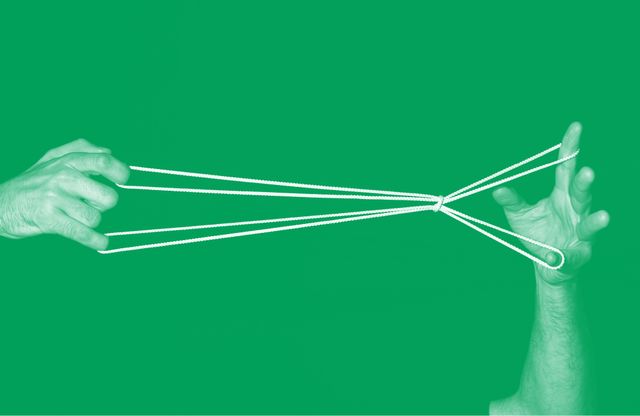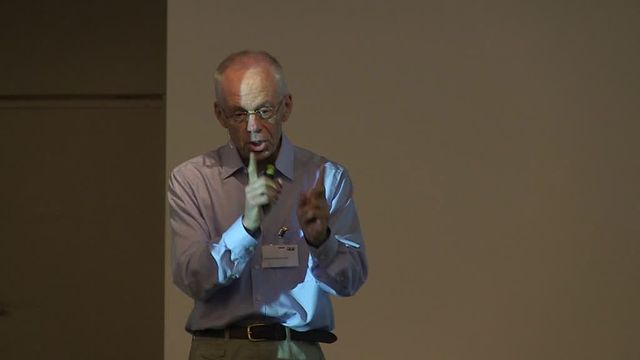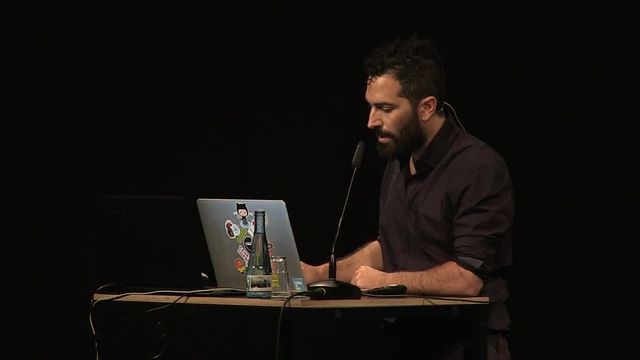Investigation
Datum: On the Calculus of the Technosphere
The Technosphere, Now

With Peter K. Haff, Mark B. N. Hansen, Jennifer Gabrys, Donald MacKenzie, Birgit Schneider, Mushon Zer-Aviv
What happens when technology rivals nature in shaping the Earth? Starting with The Technosphere, Now, a four-year project investigates how social, environmental, and technological forces intertwine in the Anthropocene to form a technosphere.
Data - scriptural traces that reduce the lived world to traces for calculation - defines the relationship of the technosphere to itself and the world around it. But where is it? How does it rework the body politic or our biological substratum itself? Instead of taking data as a definite and objective entity, we approach and investigate data—as tool, as argument, as proof, as weapon—according to its modes of appearance and transformation: Which kinds of visual or other traces are left by data? How and by whom is data made visible or invisible – and to whose benefit?
In this investigation scholars square off in dialogue and debate over the role of data in our world today. In “Self-Fantasy: On the Autonomy of the Technosphere” we confront three different ways of seeing data—and seeing how data sees itself. The conversation then turns towards “Worlds of Data,” an inquiry into how data gets leveraged to make and break worlds.
Datum I: Self-Fantasy: On the Autonomy of the Technosphere
Do humans, currencies, and molecules drift about the technosphere, like so many interchangeable bits of data? In this talk geologist and physicist Peter Haff discusses the scientific principles that would define a technosphere, and which would condition the movements of living and nonliving beings, as well as social and “natural” entities, in and amidst its flows.
If politics is a process, then is data its medium? Under technospheric conditions data intertwines with practices, perceptions, and participation at every step of political engagement. In this presentation communication theorist Jennifer Gabrys considers how citizen-led projects to monitor the environment “creature” data—that is, imbue it with particular lived modes of perception and participation that rival (and complement) traditional scientific understanding.
Does Big Data Dream? In this analysis of the Ralf Baecker’s artwork Mirage, media theorist Mark Hansen investigates disparate scales and types of data - geophysical, neural, computational, aesthetic - animating the technosphere today. He asks what kind of surfaces or environments for dreaming unfold in this data, whether computers have access to such dreams, and how it might be shared with human beings.
Datum II: Worlds of Data
What is the value of a few milliseconds in the technosphere? Historian Donald MacKenzie examines how the microtemporal management of financial data produces wealth and weaves the web of the technosphere. By focusing on the infrastructure and geography of high-frequency trading he uncovers the hidden materialities and geographies of the technosphere.
On December 7, 1972, the Apollo 17 spaceship, positioned in perfect zenith between the sun and the earth, allowed the first human sight of the earth as a single, large round globe in space. The photograph they took of Earth has become one of the most iconic photographs in history. Designer and media activist Mushon Zer-Aviv examines what the history of this image and its manipulations tells us about the cultural origins of data.
Can we calculate a climate? Art historian Birgit Schneider takes us on a tour of the North American climate data gathered by Alexander von Humboldt in 1816/1817, asking what aesthetic, political, and technical factors shaped its refashioning as representations of the earth. Schneider examines how a single entry of a weather “datum” can tell us something new about the world, but also the increasing need for more data and standardization.



